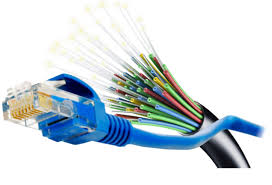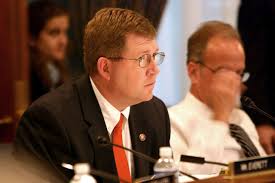
A move by the Federal Communications Commission to expand high-speed broadband service to underserved and rural areas of the U.S. gets hearty support from Oklahoma Congressman Frank Lucas.
The third-district Republican responded after the FCC voted to create the Rural Digital Opportunity Fund which is a two-phase program committing up to $20.4 billion to expand the service over the next decade. More than 160,000 Oklahoma locations could be eligible for the funding.
“Connecting communities to broadband is no longer about convenience, it’s about providing opportunities for rural Americans to participate in an ever-changing economy and society,” said Rep. Lucas in a statement from his office.
He said access to broadband means increasing the customer base of small businesses on America’s Main Streets.
“It means enabling people to access physicians across geographic limitations through telemedicine. It allows more of America’s farmers to use precision agriculture, resulting in more efficient, economical and environmentally friendly operations. And it means shifting the educational landscape in rural areas by giving students access to high speed broadband in their home, allowing access to educational resources outside of the classroom,” added Rep. Lucas.

Lucas said the vote shows the FCC is still committed to those who call rural America home.
Today, the FCC established the Rural Digital Opportunity Fund, committing up to $20.4 billion over the next 10 years to support high-speed broadband networks in rural and underserved areas of the United States. Through a two-phase regulatory framework, the FCC will focus on areas currently served by “price cap” carriers, along with areas that were not served through the CAF Phase II auction and or do not currently receive any high-cost universal service support.
The objective of the Fund will be to raise the standard for broadband development from the CAF’s 10 Mbps/1 Mbps minimum to at least 25 Mbps/3 Mbps, with incentives for faster speeds.
Phase One will target wholly unserved census blocks, using existing FCC data. At least $16 billion will be made available for Phase One.
Phase Two will make available at least $4.4 billion and will target unserved locations in partially unserved census blocks, using new, more granular data being developed through the Digital Opportunity Data Collection, along with areas not served in Phase One.
Based off preliminary data, 162,000 locations in Oklahoma could be eligible for Phase One funding.
Source: Lucas press release





